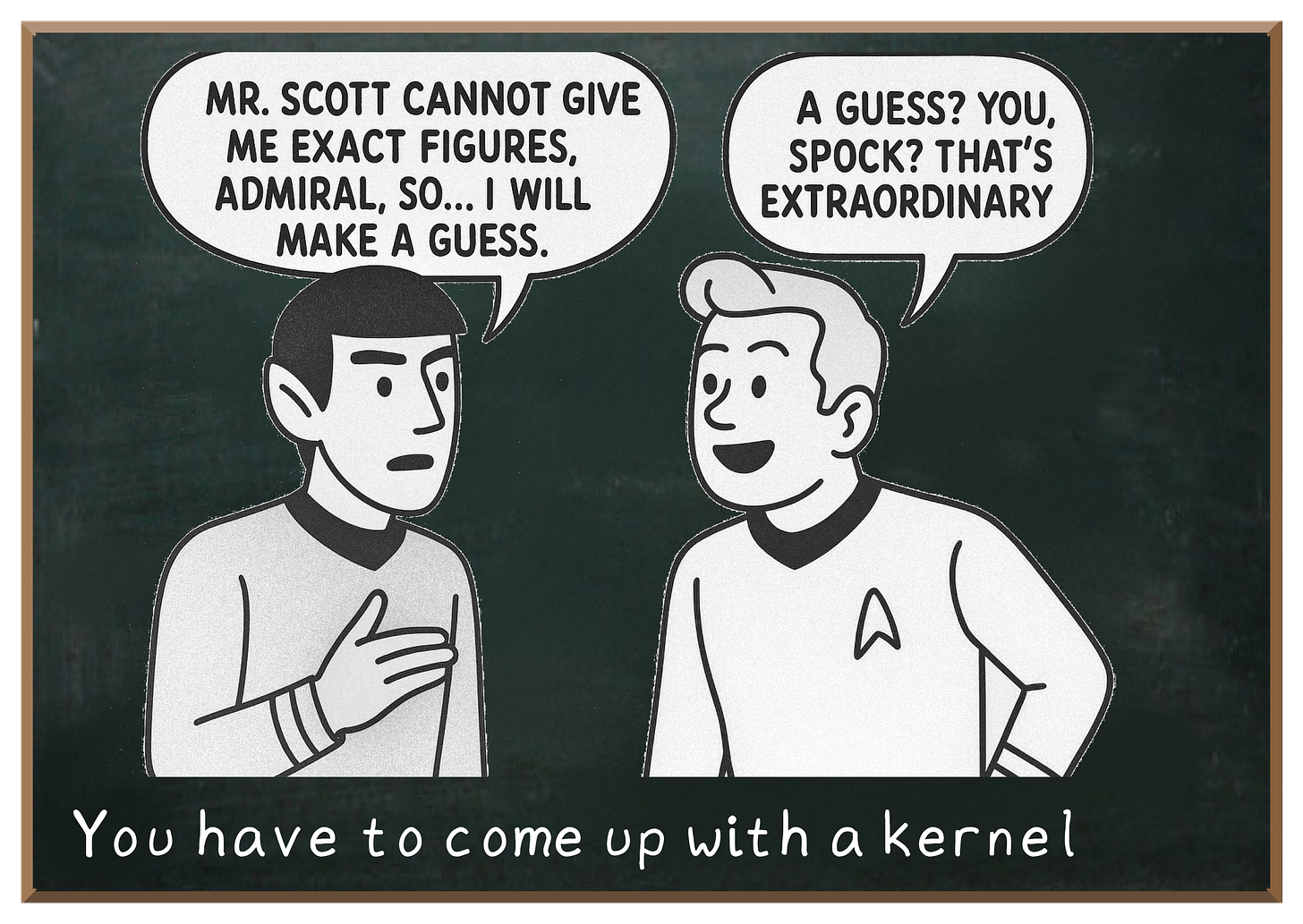Classic support vector machines (SVMs) are a cornerstone of machine learning, known for their speed, robustness and their role in many breakthroughs over the last two decades.
However, the effectiveness of an SVM depends to a large extent on the choice of kernel function that defines how the data is mapped into this higher-dimensional space. In theory, the right kernel can reveal hidden structures and make the data linearly separable.
This kernel is not learned, but designed. Either by you or by a fixed, pre-programmed function. So how good are your estimates really?
In practice, it is incredibly difficult to choose the right kernel. It is often a mixture of educated guesswork, trial and error, and computational tuning.
And this is, where Quantum Support Vector Machines (QSVMs) come into play.




